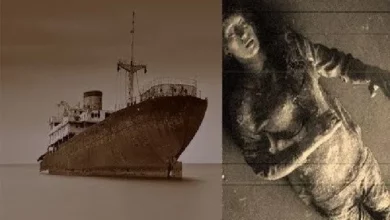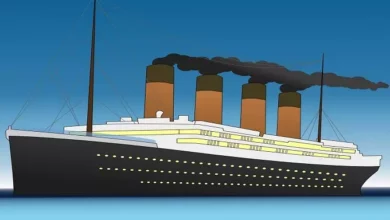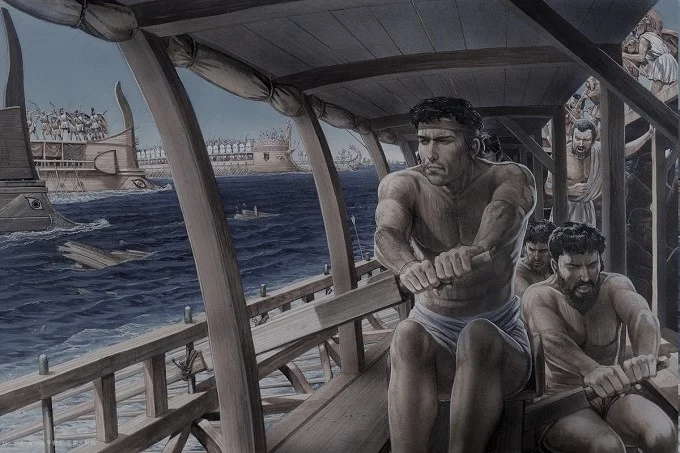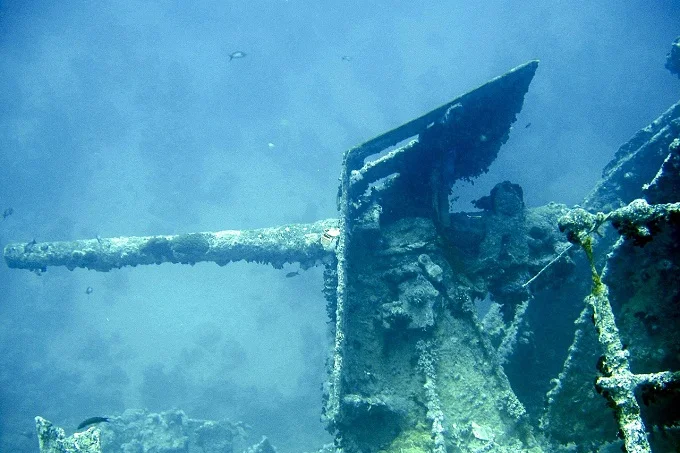Largest oil spills in history
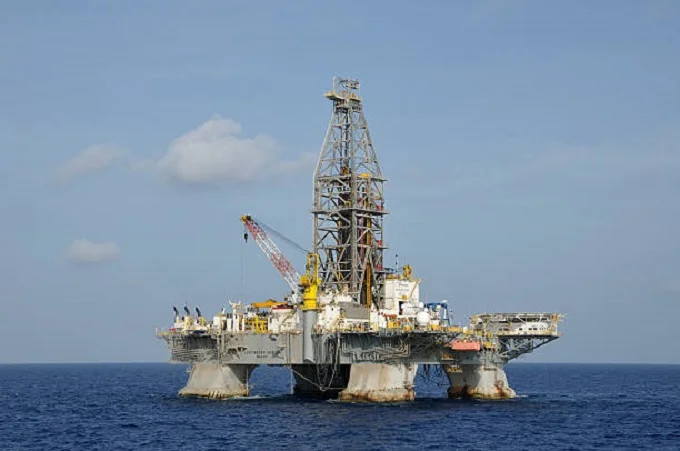
Oil is one of the most important resources of our time. It is used to make fuel, plastic, household chemicals, etc. We can say that at least a third of all items in your house are made of oil.
Realizing the value of oil, countries are increasing their production, and this is a very difficult matter, which occasionally leads to spills and environmental disasters. But oil spills occurring at sea are much more serious. Due to the nature of the environment, it is much more difficult to stop the spill and eliminate the consequences than on land.
There are several cases when the spills were so large that they threatened the local ecosystem with extinction. Here are the largest spills in the history of humankind.
8 largest oil spills in history
1. MT-Haven oil spill
The MT-Haven supertanker was 334 meters long and 51 meters wide and held hundreds of thousands of tons of crude oil. On April 11, 1991, MT-Haven, loaded with 230 thousand tons of oil, was draining oil on a floating platform a few kilometers from the Italian city of Genoa. After draining 80 thousand tons of oil, the ship was disconnected from the platform for routine maintenance when the crew heard a loud noise, followed by a powerful explosion. The explosion immediately killed five crew members and started a fire, the flame of which reached a height of 100 meters.
Oil flowed freely from the tanker. There were several more explosions, and the oil began to pour out with even greater force. The Italian authorities tried to stop further spillage and installed inflatable barriers about 10 kilometers long around the tanker. After that, the authorities attempted to tow the ship to shore, but it failed because of the damaged keel. On April 14, due to a fault in the hull, the tanker completely sank.
In total, about 40 thousand tons of oil spilled onto the surface. The remaining part went underwater together with the tanker. It is believed that most of the remaining oil either burned or floated to the surface where it was collected. The same one that is still in the cargo hold has hardened.
Despite a fairly quick response and the elimination of the spill in a short time, oil pollution on the coasts of Italy and France continued for 12 years.
2. Amoco Cadiz oil spill
MT-Haven, which led to an environmental disaster, was the twin brother of the previously sunk oil tanker Amoco Cadiz. On March 16, 1978, the tanker was en route from the Persian Gulf to Rotterdam with 220 tons of oil. At the entrance to the English Channel, due to unstable weather conditions, the rudder of the ship was damaged, and the supertanker became uncontrollable. The crew contacted other ships for help, but they did not have time to get there. Because of the storm, the tanker began to drift to the shore.
The situation was complicated because the captain of the nearest towing vessel began to bargain with the captain of Amoco Cadiz to get more money for help. When they finally agreed, the tug dragged the tanker into the sea away from the shore, but soon his cable snapped. Only three hours later, in the storm conditions, the teams were able to stretch a new cable, but even that broke.
That evening, an uncontrolled tanker ran into rocks that pierced its hull. The next day, the tanker broke up, and oil began to pour out of it. About three weeks after that, almost all the oil spilled out. Of these, 74 thousand tons remained in the sea, 80 thousand polluted the coast, and the rest evaporated.
3. Castillo de Bellver tanker spill
On August 6, 1983, the Spanish tanker Castillo de Bellver transported 250 thousand tons of oil from the Persian Gulf to Spain, skirting Africa. When the tanker was traveling a hundred kilometers from Cape Town, suddenly an explosion occurred on the ship, and a strong fire started. The crew almost immediately left the ship, which was drifting near the shore, and at about 10 a.m. of the same day, it fell apart in two and a huge flaming spot formed on the water. The stern capsized and sank on August 7, and up to 170 thousand tons of oil poured out of the tanks.
This one had less impact than the previous spill because the oil did not reach the coastline. After spraying dispersants, an ecological catastrophe was avoided.
4. Oil spill at the Nowruz field
In 1983, another even larger environmental disaster occurred at the Nowruz oil field. Then the Iran-Iraq war was in full swing, and no one cared about the safety of civilian courts. Unlike previous disasters, there were not one but several spills.
The first occurred on February 10 from the impact of a tanker on an oil platform, which caused its collapse. Then oil was poured out at 1.5 thousand barrels per day. Later, Iraqi helicopters struck the field, which led to a new spill. In total, the amount of oil spilled is estimated at about 260 thousand tons.
5. Collision of Atlantic Empress and Aegean Captain oil spill
On July 19, 1979, 30 kilometers from the island of Tobago in the Caribbean Sea, due to poor visibility during a storm, the Atlantic Empress and Aegean Captain tankers collided. Fires started on both ships, which soon got out of control of the crew, and they decided to abandon their ships. The scale of the disaster was so serious that it was impossible to stop oil leakage from tankers until August 3.
It is believed that about 290 thousand tons poured onto the surface. However, a considerable part of the oil burned during a huge fire raging for several days. This saved the nearby islands from an ecological catastrophe.
6. Ixtoc I oil spill
On June 3, 1979, an accident occurred on the Ixtoc I oil platform located in the Gulf of Mexico, during which first there was a quick release of oil from the field, and then it ignited and exploded. The drilling rig collapsed into the sea, and oil began to flow freely into the Gulf of Mexico. The response teams said that from 10 to 30 thousand barrels of oil fell into the sea every day.
The accident was so serious that it took about a year to eliminate it, and they were able to eliminate the leak only on March 23, 1980, finally. For the time until the well was sealed, approximately 480 thousand tons of oil spilled out. It polluted a significant part of the coastal zone of the Gulf of Mexico. 120 thousand tons of oil sank to the bottom of the gulf; the rest either burned or was collected.
7. Deepwater Horizon oil spill
Like the previous oil platform, Deepwater Horizon was located in the Gulf of Mexico. On April 20, 2010, an accident occurred due to a methane explosion, as a result of which 11 workers were immediately killed and 17 others were injured.
After 36 hours of a massive fire, the platform collapsed on April 22, and the leak intensified. Serious measures were taken to eliminate the spill, but they could stop it only on August 3, 2010. Until this was done, 80 thousand barrels of oil fell into the gulf every day. In total, almost 800 thousand tons of oil spilled, and it spilled over 75 thousand square kilometers, which is about 5% of the area of the Gulf of Mexico. The consequences of this accident were eliminated for several years, and it caused enormous damage not only to the environment but also to the economy.
8. The Gulf War oil spill
During the Gulf War, Iraq used all methods to stop the advance of US troops and their allies. The Iraqi army set fire to oil fields in Kuwait both on land and on the water to do this. In 1991, to delay the landing of the US Marines, the Iraqis opened valves at the Sea Island offshore oil terminal and began dumping oil from tankers into the Persian Gulf. This led to a huge oil spill, initially estimated at 1.5 million tons. Later, after a thorough investigation, the amount of spilled oil was estimated at 800 thousand tons.
About half of the spilled oil evaporated, about 200,000 tons were recovered from the water, and another 300-400 were washed ashore.

